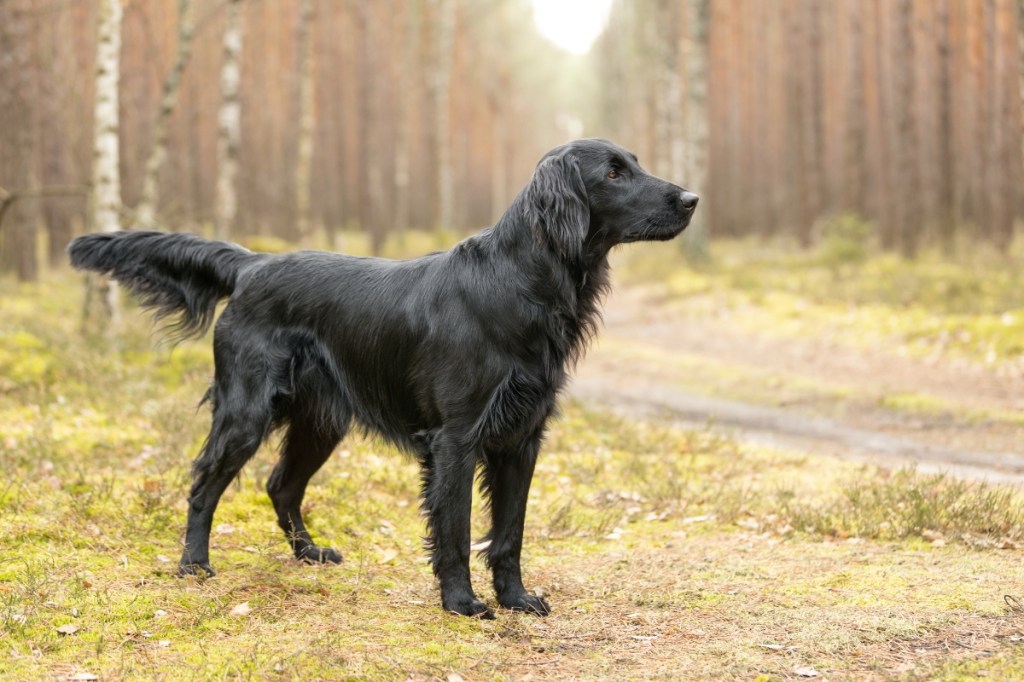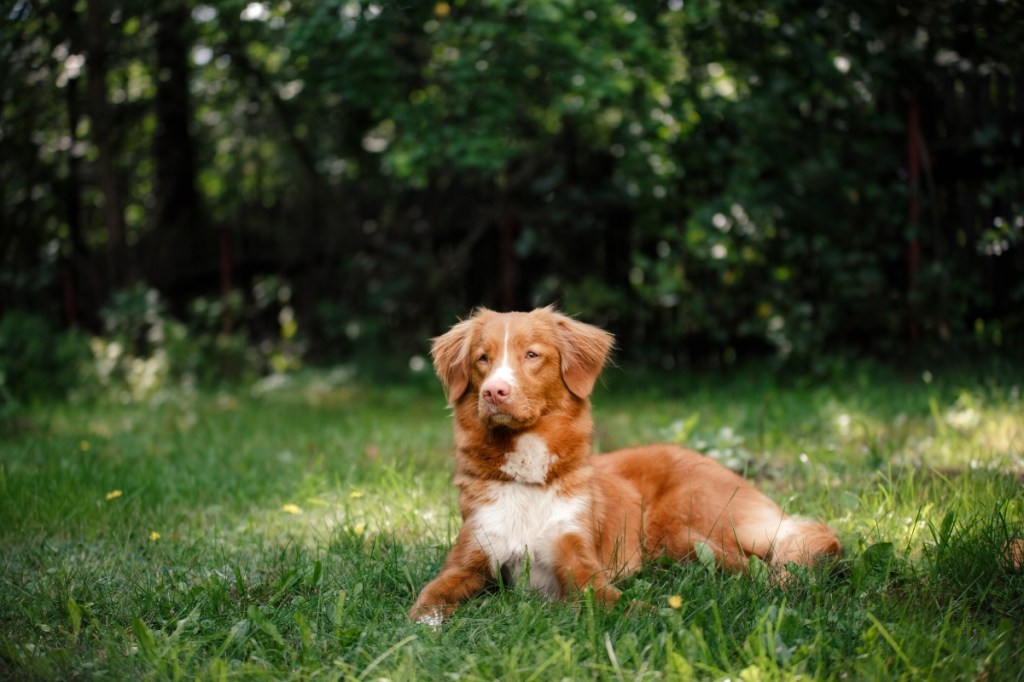Table of Contents
Key Takeaways
- Sun exposure is the most common cause of dog skin cancer.
- A dog’s nose, paw pads, ears, and abdomen are most susceptible to skin cancer.
- Keep dogs in the shade, use dog-safe sunscreen, and dress your dog in clothing for prevention.
- Skin cancer may also be caused by skin trauma, hormones, and the papilloma virus.
- Some breeds of dogs are more prone to cancer than others.
In many parts of the country, temperatures are reaching triple digits. With all this sunshine, it’s important to protect your pet from dangerous UV rays, which can cause skin cancer in dogs. Even though our pets are covered with fur, their skin is still affected – even dogs can get sunburn! Dog skin cancer is very similar to the disease in humans.
What causes skin cancer in dogs?
A variety of factors can lead to the disease, but the most common cause is sun damage. Other studies have indicated the following:
- Trauma to the skin, such as a cut or scrape, or compulsive licking can cause cells to reproduce faster, which may increase the likelihood of cancer-causing mutations.
- Female hormones estrogen and progesterone have also been linked to the development of mast cell tumors, as have skin irritants and inflammation.
- Additionally, the papilloma virus – which causes small warts near the mouth – is suspected of contributing to some cases of squamous cell carcinoma in dogs.
Skin cancer in dogs is also thought to be genetic; some dog breeds are more prone to developing certain Skin cancer in dogs is also thought to be genetic, and some dog breeds are more prone to developing certain types of cancer. The color of a dog’s coat may also factor in; for example, malignant melanoma is frequently seen in the nail beds of black dogs. Squamous cell carcinoma occurs more frequently in breeds like Bull terriers, Dalmatians, and Beagles – dogs with short, thin, and light-colored coats. Mast cell tumors are the most common skin tumors in dogs, which appear most frequently in boxers, Boston terriers, Labrador retrievers, pugs, and bull terriers.
Symptoms of dog skin cancer
The most obvious signs of skin cancer in dogs are lumps or bumps on the surface of the skin. Skin cancers have features that help to differentiate them.
- Malignant melanoma – An ulcerated growth, variable in color and most commonly occurs on the mouth and feet
- Squamous cell carcinoma – Wart-like in appearance, frequently occurring on the abdomen, head, and feet
- Mast cell tumor – Visible lumps, usually on the trunk or legs; may ulcerate and bleed
Vulnerable areas include the nose, ears, muzzle, mouth, paw pads, and nail beds. Depending on the location of the growth, your dog may limp or excessively scratch and lick the affected area; stop this behavior by getting an E-collar because it can lead to infection and further inflammation. Skin growths can be benign or malignant, so it is important to have any unusual spots checked by your vet.
How can I prevent dog skin cancer?
Some types of skin cancer are thought to have a genetic component in dogs. However, there are many ways to reduce the risk your dog may get skin cancer.
Preventing sun damage is the easiest way for pet parents to prevent dog skin cancer. Limit your pet’s sunbathing, especially in dogs with thin or white fur. Always provide a shaded area for dogs when spending time outside, especially from noon to 5pm – the hottest parts of the day. Avoid walking on potentially hot surfaces like asphalt, concrete, and sand. Outfitting your pet with a set of protective booties can also be helpful.
If your pet is the adventurous type, a pair of dog sunglasses or goggles can protect eyes from trauma and sun damage. Doggles fit securely on even the wiggliest of pups and are available in a variety of sizes and styles.
Dog-safe sunscreen is always a good idea, but only use products specifically formulated for pets. Don’t use sunscreens with zinc oxide! While found in many sunscreens for humans, it is extremely toxic for dogs. Apply dog sunscreen like Epi-Pet Sun Protector to areas with little or no fur, such as the abdomen, muzzle, nose, and ears. If you’re soaking up some serious sunshine, consider protective sun gear that blocks harmful UV rays. These doggy sun clothes are often designed like rash guards or tank tops and infused with SPF.
Note: Don’t Use Sunscreens With Zinc Oxide!
The content is not intended to be a substitute for professional veterinarian advice, diagnosis, or treatment. Always seek the advice of your veterinarian or other qualified health provider with any questions you may have regarding a medical diagnosis, condition, or treatment options.
By enrolling your dog in pet insurance early, complications from sun exposure can be covered up to 90%, as long as symptoms show up after your waiting period. Find out more by getting a free quote.











